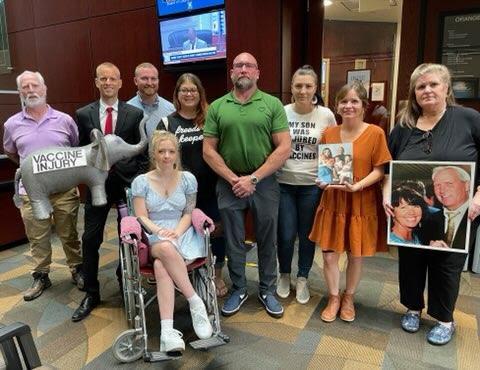BIRMINGHAM, Ala.—A workplace accident changed Christopher Thornton’s life, but he found hope through the miracle of prosthetics and one limb maker, Brian Horton.
Thornton was involved in a forklift accident almost three years ago, he told The Epoch Times in an interview on July 10. After three operations, he was faced with a life-altering decision: an amputation.




